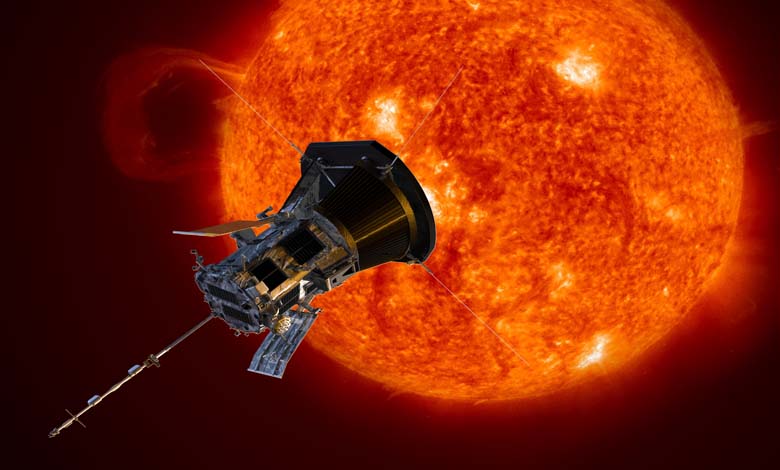A New Milestone: “Parker” Probe Attempts to Reach Closest Point to the Sun

NASA’s Parker Solar Probe is expected to achieve a historic milestone this Wednesday by flying through the Sun’s outer atmosphere, known as the solar corona, in a mission to help scientists gain deeper insights into Earth’s closest star, the “Sun,” according to Reuters.
-
A Solar Storm Heading Toward Earth Could Cause Communication Outages
-
Major Solar Flare Affects Earth’s Magnetic Field
Nick Benkin, Mission Operations Manager at the Johns Hopkins Applied Physics Laboratory, stated in a NASA blog: “No human-made object has ever ventured this close to a star, so Parker will truly return with data from an unexplored region.”
The probe was set to fly at a distance of 6.1 million kilometers from the Sun’s surface at 6:53 a.m. Eastern Time (11:53 a.m. GMT). Due to communication loss with the spacecraft during this critical phase, mission operators will not confirm its status until Friday after the close approach.
NASA reported on its website that the spacecraft, traveling at speeds of up to 692,000 kilometers per hour, will endure temperatures reaching 1,800 degrees Fahrenheit (982 degrees Celsius).
During its first passage through the Sun’s atmosphere in 2021, the probe uncovered new details about the boundaries of the solar corona and captured close-up images of coronal loops—structures resembling ridges visible during solar eclipses.
-
Why Does a Solar Eclipse Cause a Serious Crisis Worldwide?
-
2024: The year of the grand solar display… What’s happening?
-
Comet ‘Wild 2’ – Witness to the history of the solar system












